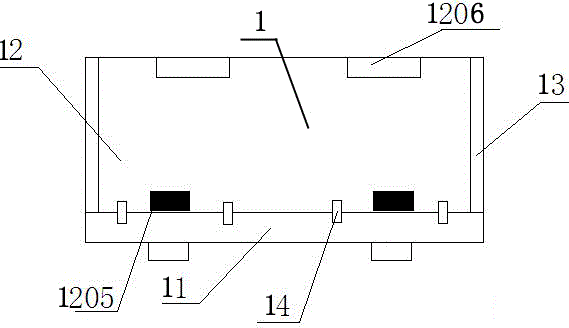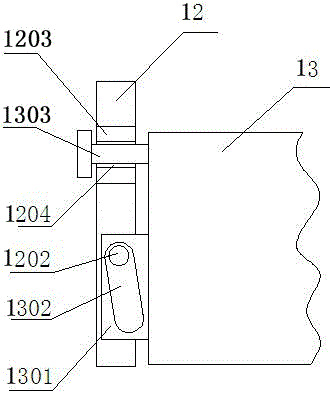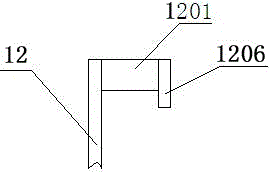Production assembly line of self-thermal insulation concrete blocks
A self-insulating block and production line technology, applied in ceramic molding workshops, auxiliary molding equipment, unloading devices, etc., can solve problems such as affecting production efficiency, cracking of blanks, and poor clamping, so as to improve production efficiency. Ensure product quality and stable cutting effect
- Summary
- Abstract
- Description
- Claims
- Application Information
AI Technical Summary
Problems solved by technology
Method used
Image
Examples
Embodiment Construction
[0027] The present invention will be described in detail below in conjunction with accompanying drawing and specific embodiment, and present embodiment is based on the premise of technical scheme of the present invention, has provided detailed implementation and specific operation process, but protection scope of the present invention is not limited to following implementation example.
[0028] As shown in the figure, a self-insulating block production line according to the present invention is composed of a mixing device, a billet making device 1, a cutting device, an anti-slip drying device 2 and a brick holding machine arranged on the track in sequence. There is also a conveying device that reciprocates along the track for transporting materials. The raw materials prepared from the thermal insulation block are stirred in the mixing device and then poured into the billet making device 1 for foaming to form bricks. The bricks are transported by the conveying device to the cutt...
PUM
 Login to View More
Login to View More Abstract
Description
Claims
Application Information
 Login to View More
Login to View More - R&D
- Intellectual Property
- Life Sciences
- Materials
- Tech Scout
- Unparalleled Data Quality
- Higher Quality Content
- 60% Fewer Hallucinations
Browse by: Latest US Patents, China's latest patents, Technical Efficacy Thesaurus, Application Domain, Technology Topic, Popular Technical Reports.
© 2025 PatSnap. All rights reserved.Legal|Privacy policy|Modern Slavery Act Transparency Statement|Sitemap|About US| Contact US: help@patsnap.com



